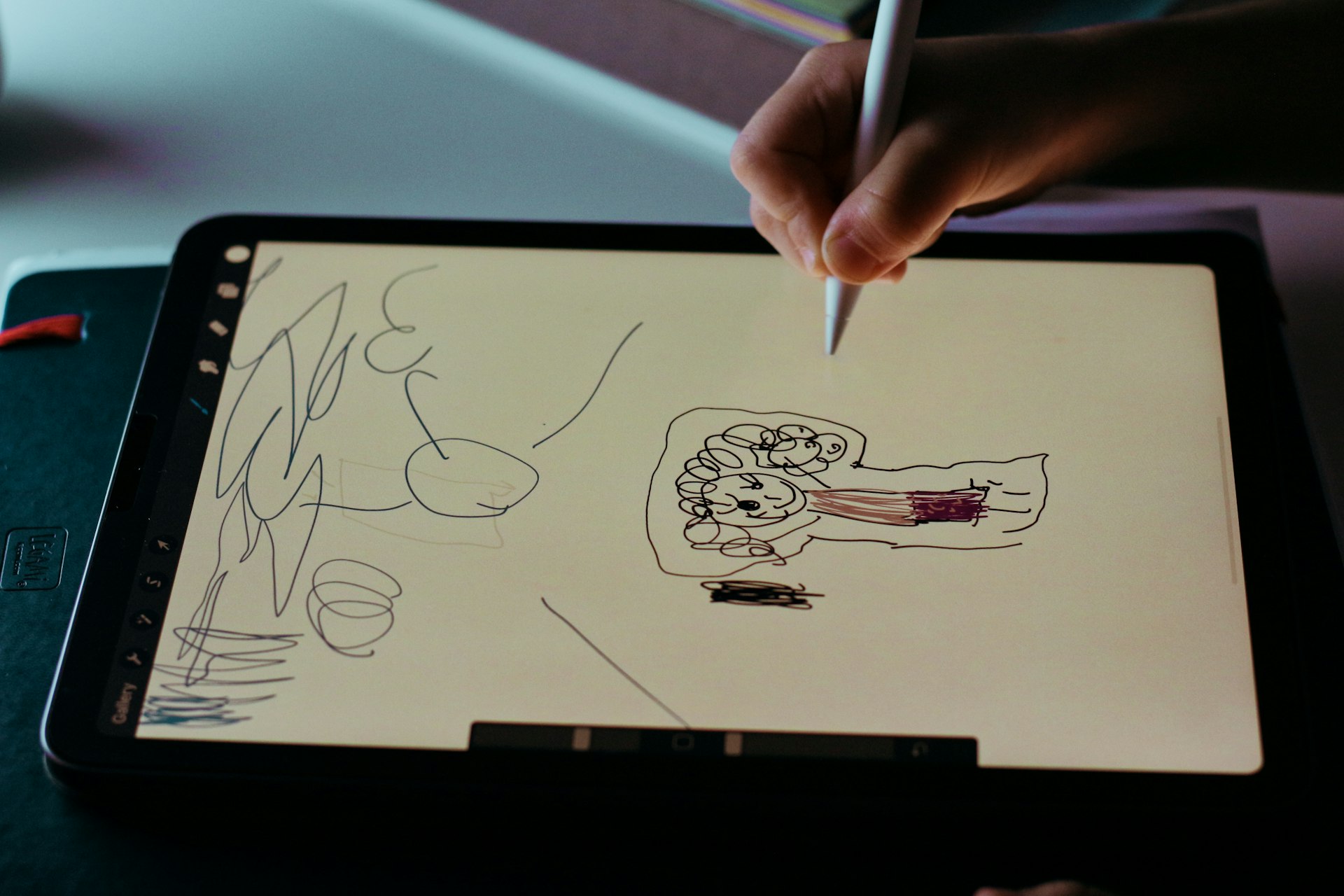Welcome, fellow brush-wielders, stylus-tappers, and graphite-streaked dreamers! Today, we are diving into the thrilling, often chaotic, and always honest world of Work in Progress (WIP) art—a realm where half-finished sketches, awkward anatomy, and floating heads reign supreme.

Now, before you go clutching your neatly organized portfolio and whispering “But it’s not done yet,” take a deep breath and relax. This blog is a celebration of that delicious, fragile in-between state where your art isn’t “bad”—it’s becoming.
What is Work in Progress Art, Anyway?
In technical terms, a work in progress (or WIP) is any artwork that hasn’t yet reached its final form. It could be a barely-there doodle on a café napkin or a meticulously blocked-in oil painting that’s waiting for its final layer of varnish and divine intervention. WIPs span the full spectrum of creative ambiguity—from early concept sketches and color roughs to half-rendered illustrations and abandoned character designs.
But here’s the magic: a WIP is not just an unfinished piece—it’s a narrative of the process. It’s your ideas stretching, experimenting, evolving, and sometimes flopping gloriously before they fly.
The Messy Middle: A Necessary Creative Chaos
Let’s be real: the middle of a piece can feel like artistic purgatory. It’s where you second-guess your lighting choices, where that perfect pose from your imagination looks like a yoga fail on the canvas, and where you consider becoming a marine biologist instead.
But guess what? That messy, unsure stage? It’s where the real art lives.
The WIP phase gives us room to explore, make mistakes, and try ridiculous things (neon green eyebrows, anyone?) without fear of judgment. In the messy middle, nothing is set in stone. Your art is still clay in your hands—pliable, mutable, and brimming with possibility.
Why Share WIPs? (Even If They’re Ugly)
In a world of perfectly cropped, fully-rendered masterpieces flooding social media, it might feel counterintuitive—or downright terrifying—to share something that’s not “done.” But here’s a hot tip from one artist to another:
Sharing your WIPs can be an act of artistic bravery.
It invites your audience into your process, demystifies your workflow, and allows them to connect with your creative journey—not just the shiny result. Plus, it can build anticipation for the final piece, foster community feedback, and—dare we say—give you a motivational boost.
A half-drawn wizard on your Instagram story is not a failure. It’s a breadcrumb on your trail of brilliance.

The Many Faces of WIP Art
Let’s take a moment to recognize the different forms that WIPs can take. Consider this your unofficial guide to the taxonomy of unfinished greatness:

1. The Scribble of Genius
Often born in the margins of a math notebook or the back of a receipt, these chaotic little sketches are pure, raw idea. The anatomy may be off, the perspective questionable, but the energy? Chef’s kiss.
2. The Lingerer
This piece has been sitting on your desktop for six months with a filename like “final-final-NO-really-final.psd.” You know it’s not done. It knows it’s not done. But you can’t quit each other.
3. The Frankenstein
It has three different art styles, five brush types, and at least one layer you forgot to name. Is it perfect? No. Is it fascinating? Absolutely.
4. The Evolving Creature
Every time you revisit it, it changes just a bit. Maybe the lighting gets moodier. Maybe you give the dragon a top hat. It’s less a single piece and more an artistic conversation with yourself over time.
5. The Abandoned Hero
You loved it once. You fought hard for it. But somewhere along the way, you drifted apart. And that’s okay. Not every WIP is meant to be finished. Some serve only to teach, to inspire, or to be the stepping stone to something better.
WIP as a Learning Tool
One of the most powerful aspects of working with (and through) WIPs is how much you learn from them. Studying your own progression—from thumbnail to finished piece—can be like getting a peek behind the curtain of your own brain.
What choices did you make and why? When did you lose steam or pivot directions? Where did it start to feel right?
Some artists even keep dedicated WIP folders just to revisit their process. It’s a bit like flipping through an old sketch diary—only instead of cringing at teenage poetry, you’re marveling at how your lighting technique evolved over time.
Tips for Working With (and Loving) Your WIPs
If you’re the kind of artist who starts strong but struggles to finish, you’re not alone. Here are some tips to keep your WIPs working for you, not against you:
- Set Micro-Goals: Break your piece into stages—sketch, base colors, values, details. That way, every step feels like progress.
- Document Everything: Screenshots, screen recordings, and notes can help you track your evolution and rediscover lost techniques later.
- Don’t Be Afraid to Pause: Sometimes the best thing you can do for a stuck piece is walk away. Let it simmer. Come back with fresh eyes.
- Revisit Abandoned Ideas: An old WIP from 2020 might be the perfect foundation for a new piece today.
- Finish for You, Not the Algorithm: Remember, your art doesn’t have to be “social media perfect” to be worth completing.
The Joy of the Journey
At the end of the day, WIP art is a love letter to the creative process itself. It’s a space where perfection takes a back seat and exploration gets the spotlight. It’s where accidents turn into style, and where “mistakes” are often just undiscovered innovations.
So the next time you’re deep in the weeds of a piece that isn’t cooperating, don’t despair. That half-drawn eye or that color palette you’re still tweaking? They’re not imperfections. They’re the story of how your art is growing.
And that, my friend, is worth sharing.
Now tell us—what’s the longest a piece has ever sat in your WIP folder? Do you have a favorite “abandoned” sketch that still haunts your dreams? Tag your WIPs with #WIPandProud and let’s celebrate the beautiful chaos together.
Stay scribbly.
Would you like me to generate the second and third graphics now?